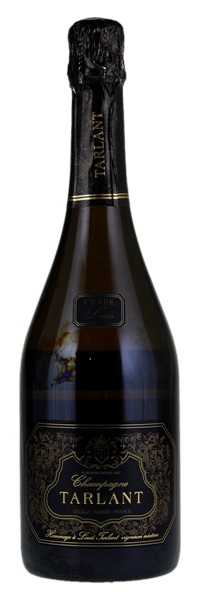Estimate

...The wine exhibits a buttery, toasty, smoky nose with background notes of honey and roasted nuts. With great fruit, a persistent effervescence, and tiny pinpoint bubbles, this is a terrific, fresh, pure Champagne...
Bread aromas mix with a rich smoke note in this vibrant, yeasty Champagne, which layers these elements with apple compote, blackberry preserves and candied citrus peel flavors, all set in a polished package...with a long, smoky finish...
...offers smoky apple, pear, orange and potpourri aromas, along with a toffee component. A rich style with broad pear and peach pit flavors deepened by brown butter and nutmeg. Toasty and dry on the long finish...